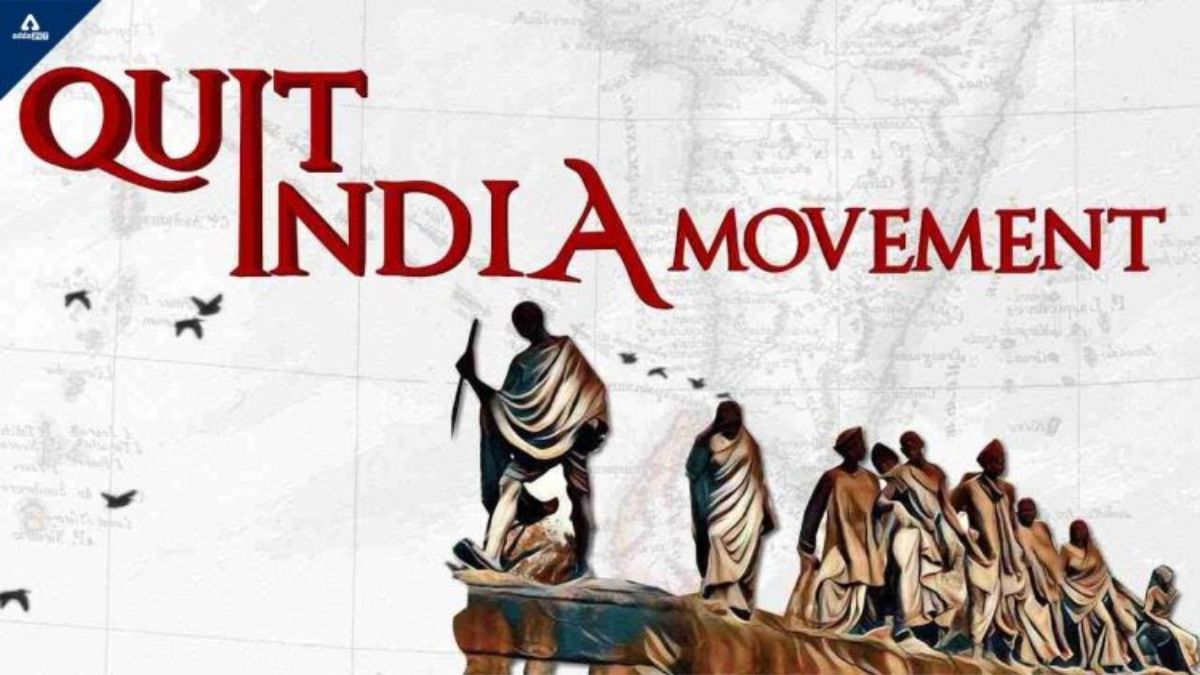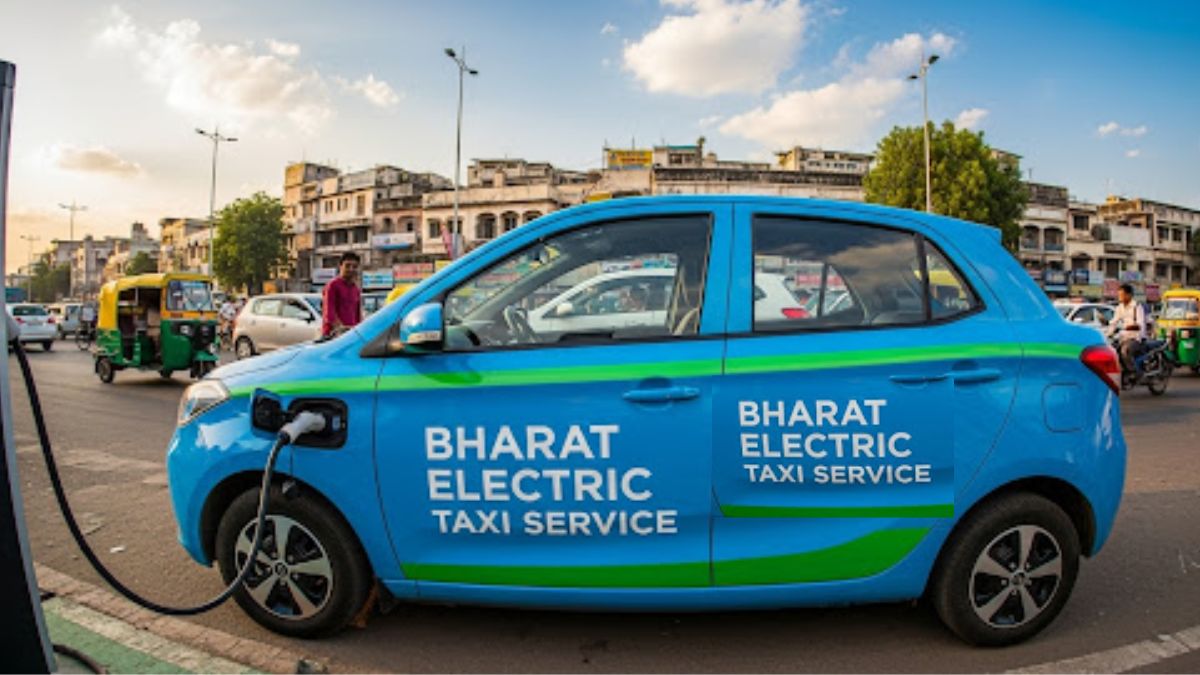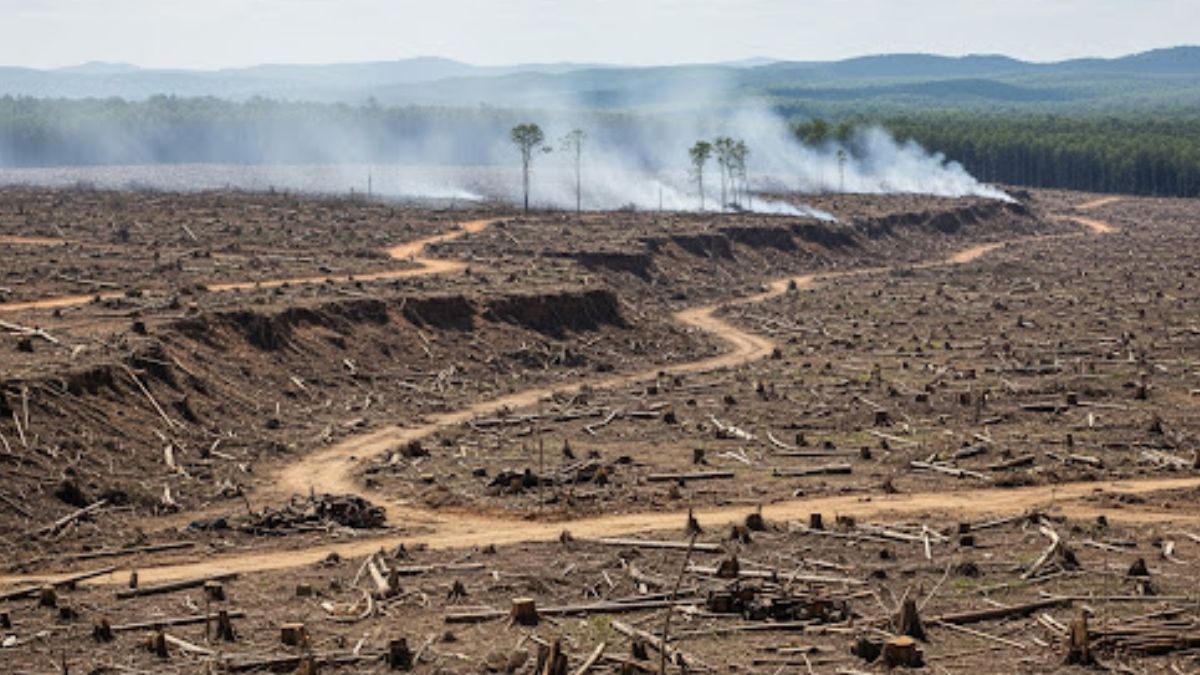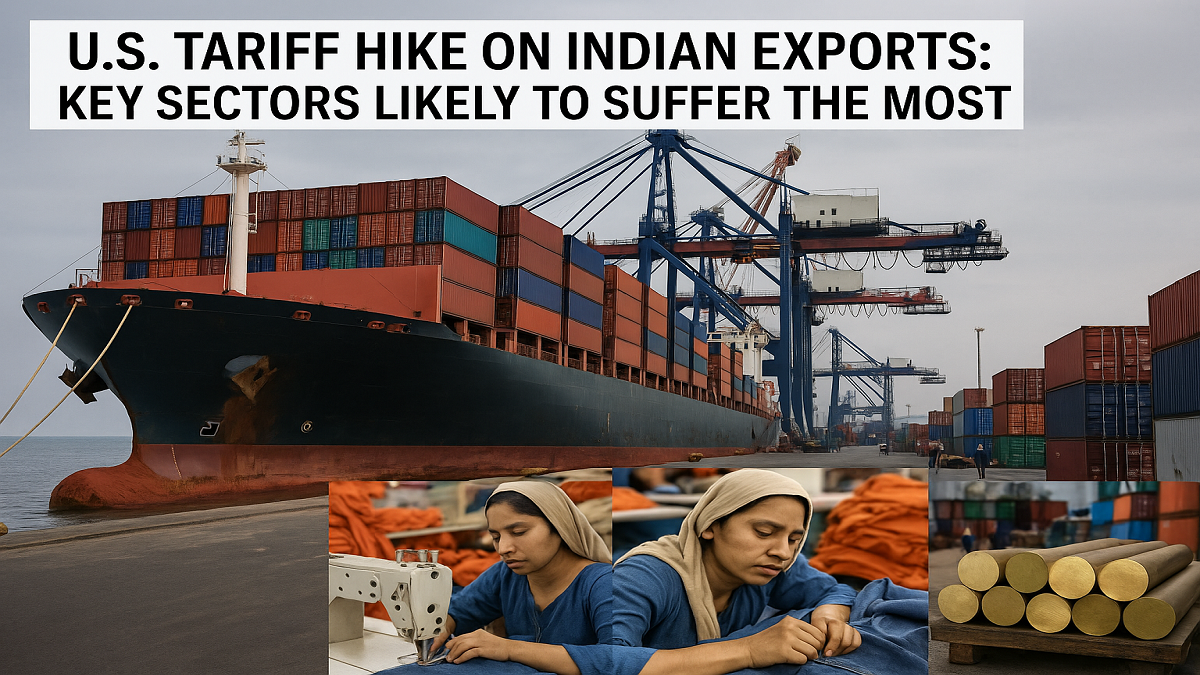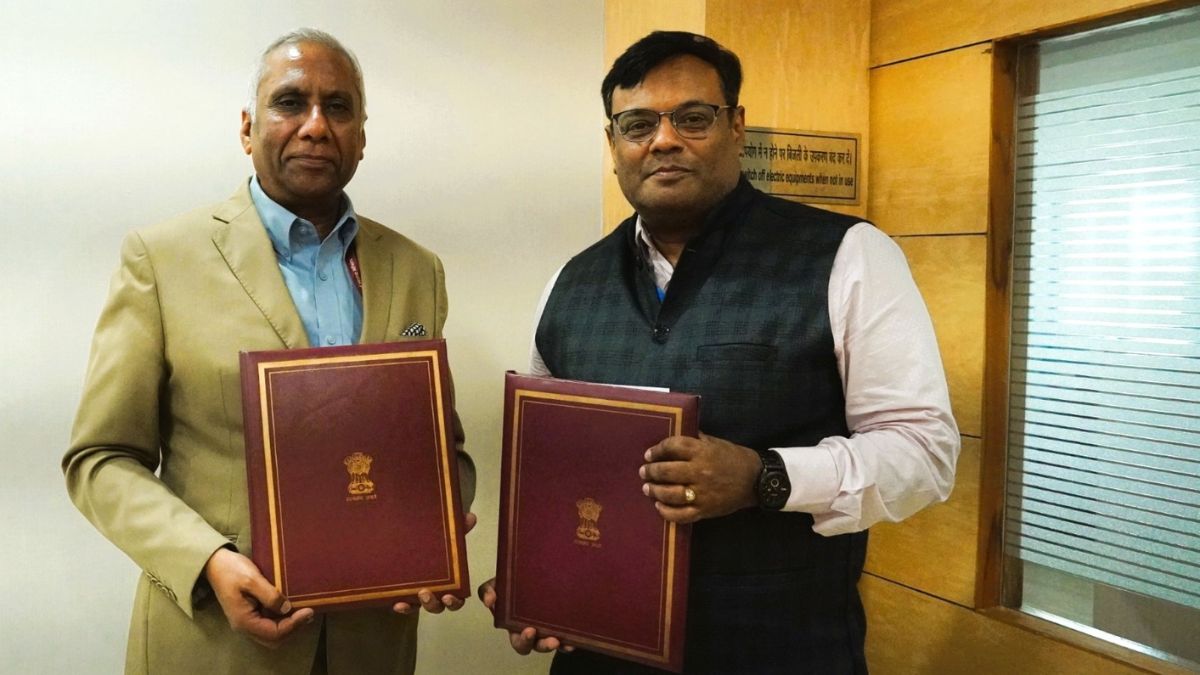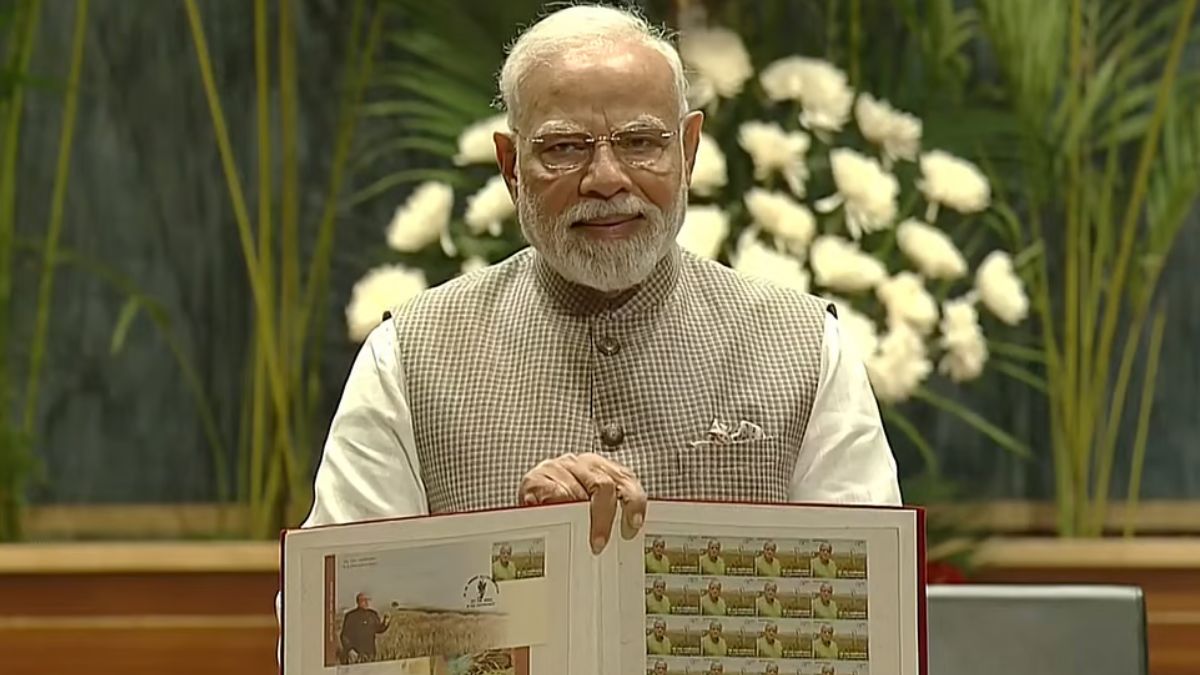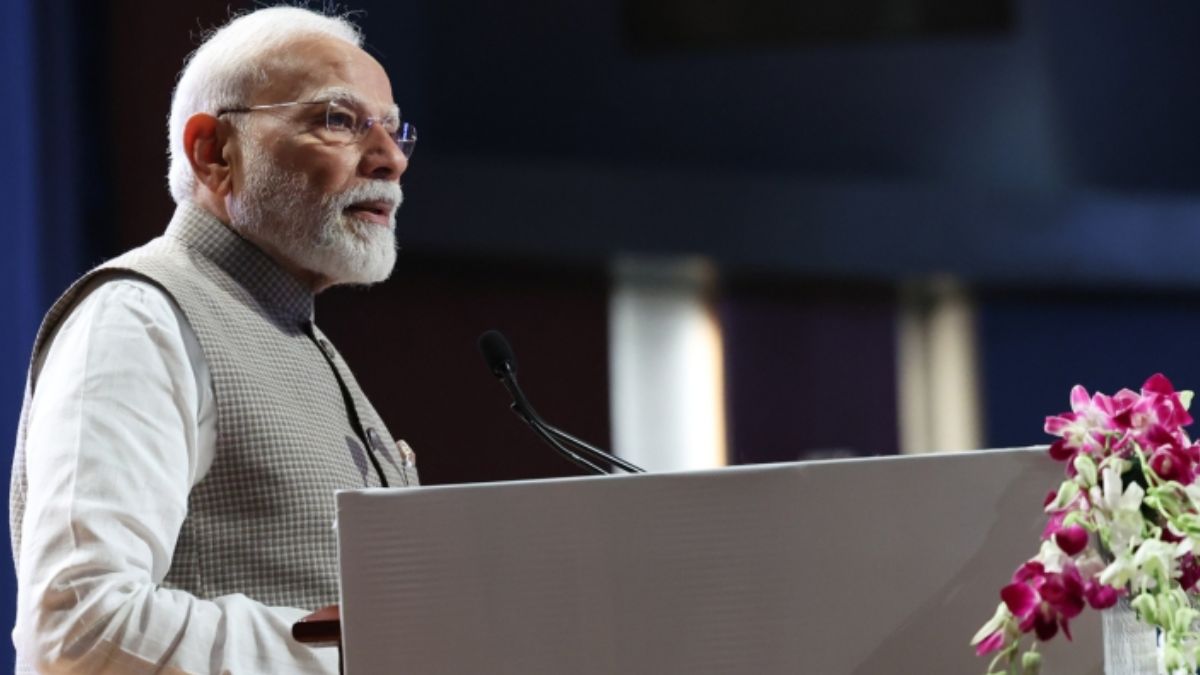The Quit India Movement, launched on August 8, 1942, stands as one of the most defining moments in India’s struggle for independence. Spearheaded by Mahatma Gandhi with the slogan “Do or Die,” it mobilized millions of Indians to rise in a nonviolent revolt against British colonial rule. Though brutally suppressed, it showcased the resilience of ordinary citizens and became a symbol of India’s determination for self-governance. As we commemorate Quit India Movement Day in 2025, the relevance of this movement continues to echo through every act of civic responsibility and democratic engagement.
A People’s Uprising Against Colonial Power
The Quit India Movement marked a radical shift from petitions and dialogues to widespread civil disobedience. It was not just a political campaign but a mass awakening. Students, workers, and farmers—many of whom had never before taken part in political protests—became active participants. The arrests of key leaders like Jawaharlal Nehru and Sardar Vallabhbhai Patel could not crush the movement’s spirit. On the contrary, it empowered grassroots leaders like Aruna Asaf Ali, who defiantly hoisted the tricolor flag, signaling that the freedom struggle belonged to every Indian. Acts of sabotage, from disrupting railways to targeting symbols of British authority, represented a new intensity of resistance. Despite facing imprisonment, violence, and martyrdom, the Indian people’s willpower made a global statement that the push for independence was irreversible.
Thematic Reflections for 2025
As Quit India Movement Day approaches each year, a unique theme is often introduced to guide the national conversation. While the official 2025 theme is yet to be announced, the underlying focus remains unchanged: celebrating unity, democratic values, and courage in the face of injustice. Themes in previous years have encouraged reflection on the legacy of past sacrifices and the responsibilities of modern citizenship. The observance of this day is not just a look backward but a prompt to re-express the movement’s ideals in contemporary contexts—from battling social inequalities to upholding constitutional values in daily life.
Why the Movement Still Resonates
The Quit India Movement continues to hold deep emotional and political significance because it exemplifies the power of nonviolent mass resistance. At a time when many countries were still under colonial rule, India’s ability to mobilize its citizens without weapons captured global attention. More than a moment in history, the movement was a transformation of abstract ideals into action. It gave ordinary people a sense of ownership in the freedom struggle. For today’s youth and citizens, the movement is a source of inspiration, offering a blueprint for how unity, courage, and nonviolence can address current societal issues. It remains a bridge connecting the passion of the past with the aspirations of the present.
Modern Ways to Celebrate the Movement
Commemorating Quit India Movement Day is about more than remembrance—it’s about relevance. Across schools, communities, and digital platforms, the day is marked with educational programs, creative competitions, and community initiatives. Activities such as writing and reciting historical speeches, hosting thematic discussions, and screening documentaries serve to deepen awareness. Especially among students, these celebrations help revive interest in the stories of freedom fighters and their ideals.
The Rise Of Powerful Words in Times of Resistance
Some of the most powerful legacies of the Quit India Movement are its quotes and slogans. “Do or Die,” proclaimed by Mahatma Gandhi, became not just a call to action but a moral compass. Statements from leaders like Yusuf Meherally and Subhas Chandra Bose have become timeless, reminding us that freedom is not given—it is claimed through sacrifice and solidarity. These words inspire reflection and motivate future generations to stand up for justice, peace, and equality. They serve as guiding lights in both times of national struggle and personal moral crossroads.
Reliving the Movement in Today’s India
Observing the Quit India Movement today is more than honoring history—it’s about embracing responsibility. The “Do or Die” spirit lives on in efforts to build an inclusive and democratic India. Every act of civic participation, whether in the form of voting, social work, or peaceful protest, channels the legacy of those who fought for freedom in 1942. Schools, universities, and public platforms play an important role in keeping this memory alive. By blending historical education with modern dialogue, India’s youth can find purpose in the past and direction for the future.

